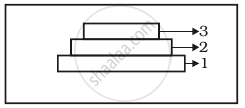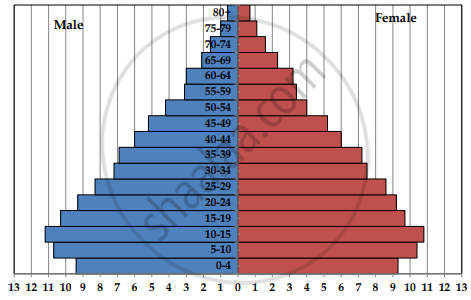Advertisements
Advertisements
प्रश्न
Answer the following question.
"The size of a population for any species is not a static parameter." Justify the statement with specific reference to fluctuations in the population density of a region in a given period of time.
उत्तर
The size of a population of any species is not a static parameter. It keeps changing in time, depending on various factors including food availability, predation pressures, and weather.
The population density in a given period can fluctuate due to the following four factors:
- Natality: It refers to the number of births during a given period in the population that are added to the initial density.
- Mortality: It refers to the number of deaths during a given period that reduced the size.
- Immigration: It is the number of individuals of the same species that have come into the habitat from elsewhere during the given period.
- Emigration: It is the number of individuals who left the habitat and have gone elsewhere.
संबंधित प्रश्न
Represent diagrammatically three kinds of age-pyramids for human populations.
What is an age-pyramid?
Give an account of population regulation.
The phenomenal and rapid increase of population in a short period is called ______.
What parameters are used for tiger census in our country’s national parks and sanctuaries?
The density of a population in a habitat per unit area is measured in different units. Write the unit of measurement against the following:
Banyan

What type of population growth is represented by the above age pyramid?
Define ‘zero population growth rate’. Draw a age pyramid for the same.
Given below is the Age Pyramid of the population in one of the states in India as per 2011 census. It depicts the male population on the left-hand side, female population on the right-hand side, newborns towards the base and gradually increasing age groups as we move from base to the top, with the oldest population at the top. Study this pyramid and comment upon the appropriateness of the Assertion and the Reason.

Percentage to the total population
Assertion: It is a stable population.
Reason: The pre-reproductive and reproductive individuals are almost in equal numbers and the post-reproductive individuals are relatively fewer.
What would be the best method to measure the total population density of a dense bacterial culture in a petridish and why?
